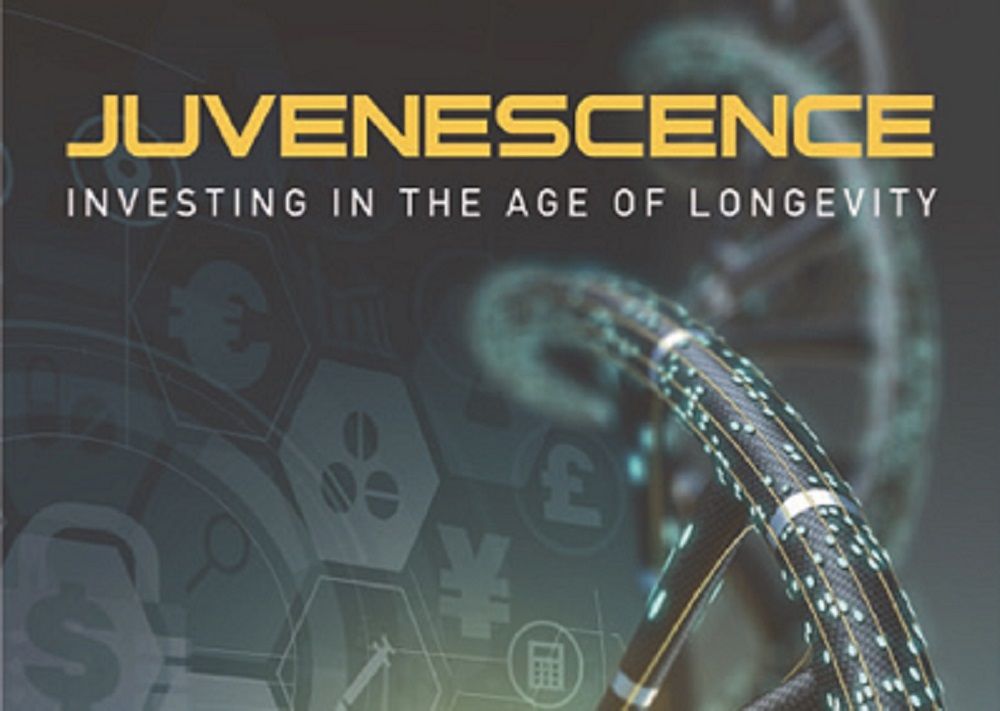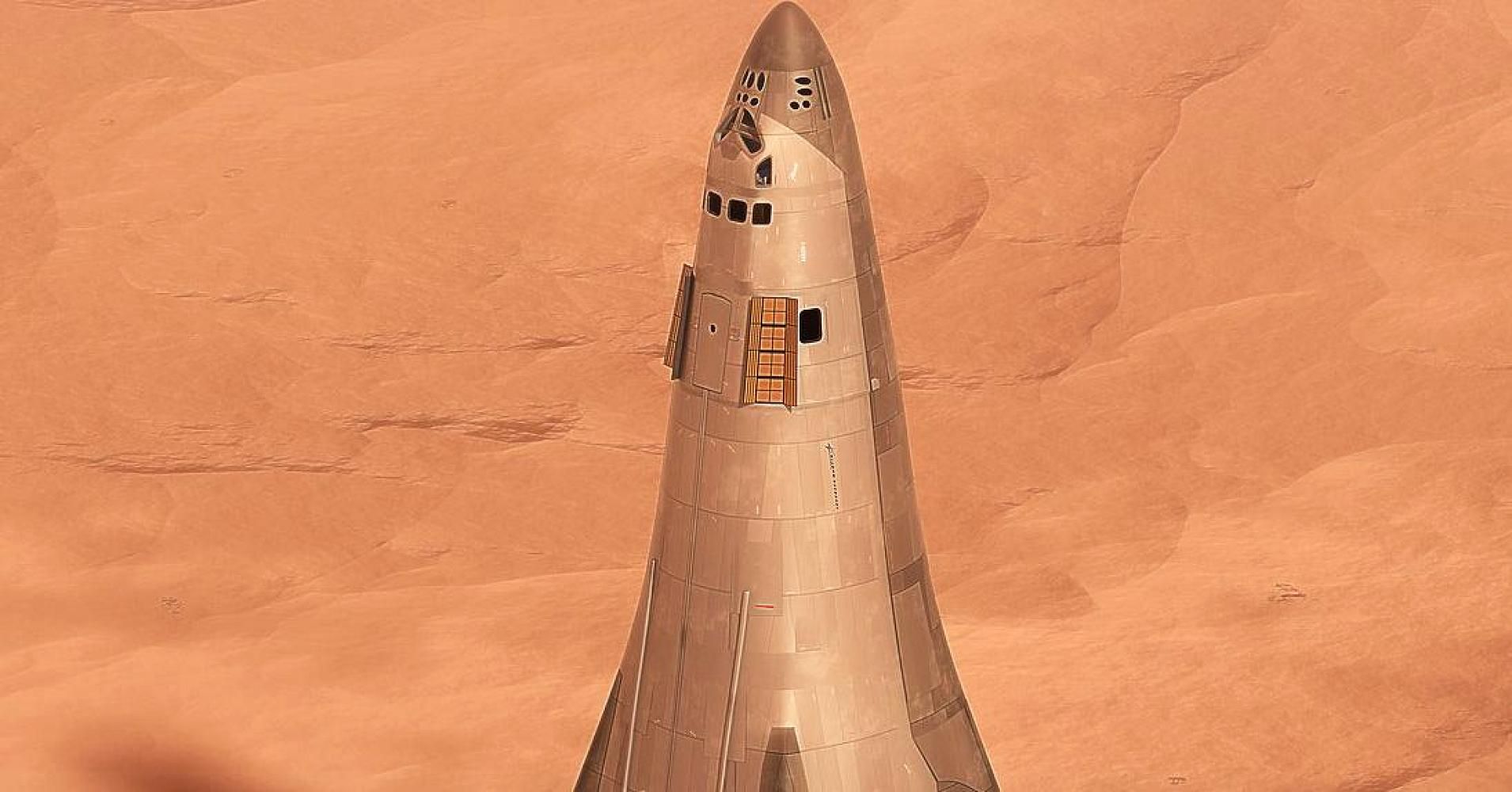Researchers at Harvard University and M.I.T. developed tattoos that can monitor chronic health issues as well as levels of dehydration and blood sugar.



Cool Wearable! Actually does something useful & could help reduce energy waste.
Sitting in a stifling subway car or walking Boston’s cold winter streets may soon become more bearable, thanks to a “personal thermostat” wristband being released by MIT spinout Embr Labs.
For a design competition in 2013, four MIT engineering students created a smart wristband, called Wristify, that makes its wearer feel warmer or cooler through its contact with the skin on the wrist. After much fanfare, and a lot of research and development, the wristband will hit the shelves early next year.
The wristband, now called Embr Wave, has a flat aluminum top that includes a colored display users adjust from blue to red, to provide cooling or warming, respectively. The device works because the wrist is one of the most thermally sensitive parts of body. It’s also an area where people are most comfortable putting new wearable technologies.
Will A.I. take us over, and one day look back on this time period as the dawn of their civilization? Richard Dawkins posits an interesting idea, or at the very least a premise to a good science-fiction novel…
When we come to artificial intelligence and the possibility of their becoming conscious we reach a profound philosophical difficulty. I am a philosophical naturalist. I am committed to the view that there’s nothing in our brains that violates the laws of physics, there’s nothing that could not in principle be reproduced in technology. It hasn’t been done yet, we’re probably quite a long way away from it, but I see no reason why in the future we shouldn’t reach the point where a human made robot is capable of consciousness and of feeling pain. We can feel pain, why shouldn’t they?

This is the moment at which I press Dr Leeson to come clean and tell me if I might live to 300 because of pluripotent stem cells that could be set free to regrow or recreate bits of my anatomy as they wear out. Is this science fiction or is this real, I ask?
‘It’s real — it’s already happening…’
Oxford Today talks to the Director of the Oxford Institute of Ageing, Dr George Leeson.

Jim Mellon and Al Chalabi are back with another successful venture into the world of science investment. Following their acclaimed 2012 book “Cracking the code”, whose spotlight was on the life sciences industry, Juvenescence takes us on a compelling journey through the dawning market of longevity and rejuvenation biotechnology, which the authors predict will be the biggest “money fountain” to hit the financial world in the coming years.
Juvenescence is a visionary book, debunking the sometimes questionable past of longevity research and steering us towards a ‘brave new world’ in which advances in medicine are already leading to clinical trials whose aim is to extend human lifespan to unprecedented levels.
Mellon and Chalabi come across as eloquent devotees of cold, hard science, and for a book targeted primarily at investors, biologists and experts will be hard-pressed to find inaccuracies in the many heavily technical sections. The authors explain the science of aging in an engaging and accessible manner, bridging the gap between the lab and the public with ease and tact. They employ elegant metaphors to explain complex processes as well as some light-hearted ones, including the “Deadly Quintet”, which reads more like the title of a long-lost Tarantino film, or the “Actuarial Escape Velocity”, a reference to the controversial “Longevity Escape Velocity” promoted by Aubrey de Grey. Mellon and Chalabi use state-of-the-art research whenever possible, with recent, fresh-from-the-lab studies making up the majority of sources.

Adjuncting has grown as funding for public universities has fallen by more than a quarter between 1990 and 2009. Private institutions also recognize the allure of part-time professors: generally they are cheaper than full-time staff, don’t receive benefits or support for their personal research, and their hours can be carefully limited so they do not teach enough to qualify for health insurance.
Adjunct professors in America face low pay and long hours without the security of full-time faculty. Some, on the brink of homelessness, take desperate measures.

The batch of more than 3,000 Russian-bought ads that Facebook is preparing to turn over to Congress shows a deep understanding of social divides in American society, with some ads promoting African-American rights groups including Black Lives Matter and others suggesting that these same groups pose a rising political threat, say people familiar with the covert influence campaign.
The Russian campaign — taking advantage of Facebook’s ability to simultaneously send contrary messages to different groups of users based on their political and demographic characteristics — also sought to sow discord among religious groups. Other ads highlighted support for Democrat Hillary Clinton among Muslim women.

NASA’s goal to reach Mars is just over a decade away, and Lockheed Martin revealed Thursday how humans might soon walk upon the red planet’s surface.
Lockheed Martin gave CNBC a first look at its new spacecraft prototype, which the company will unveil Thursday at this year’s International Astronautical Congress in Adelaide, Australia.
“This is a single-stage, completely reusable lander which will be able to both descend and ascend,” said Lockheed Martin’s Robert Chambers.
This was the second scholarly paper i saw this year about time travel. Posting because there isn’t nearly enough serious interest about Time Travel in the science community.
Traversable acausal retrograde domains in spacetime.
Benjamin K Tippett1 and David Tsang2
Published 31 March 2017 •
Abstract
In this paper we present geometry which has been designed to fit a layperson’s description of a ‘time machine’. It is a box which allows those within it to travel backwards and forwards through time and space, as interpreted by an external observer. Timelike observers travel within the interior of a ‘bubble’ of geometry which moves along a circular, acausal trajectory through spacetime. If certain timelike observers inside the bubble maintain a persistent acceleration, their worldlines will close.

Scholarly paper on building a time machine:
“Quantum teleportation through time-shifted AdS wormholes.
(Submitted on 30 Aug 2017)
Based on the work of Gao-Jafferis-Wall and Maldacena-Stanford-Yang, we observe that the time-shifted thermofield states of two entangled CFTs can be made traversable by an appropriate coupling of the two CFTs, or alternatively by the application of a modified quantum teleportation protocol. This provides evidence for the smoothness of the horizon for a large class of entangled states related to the thermofield by time-translations. The smoothness of these states has some relevance for the firewall paradox and the proposal that some observables in quantum gravity may be state-dependent. We notice that quantum teleportation through these entangled states could be used in a laboratory setup to implement a time-machine, which allows the observer to travel far in the future.”
Based on the work of Gao-Jafferis-Wall and Maldacena-Stanford-Yang, we.
Observe that the time-shifted thermofield states of two entangled CFTs can be.